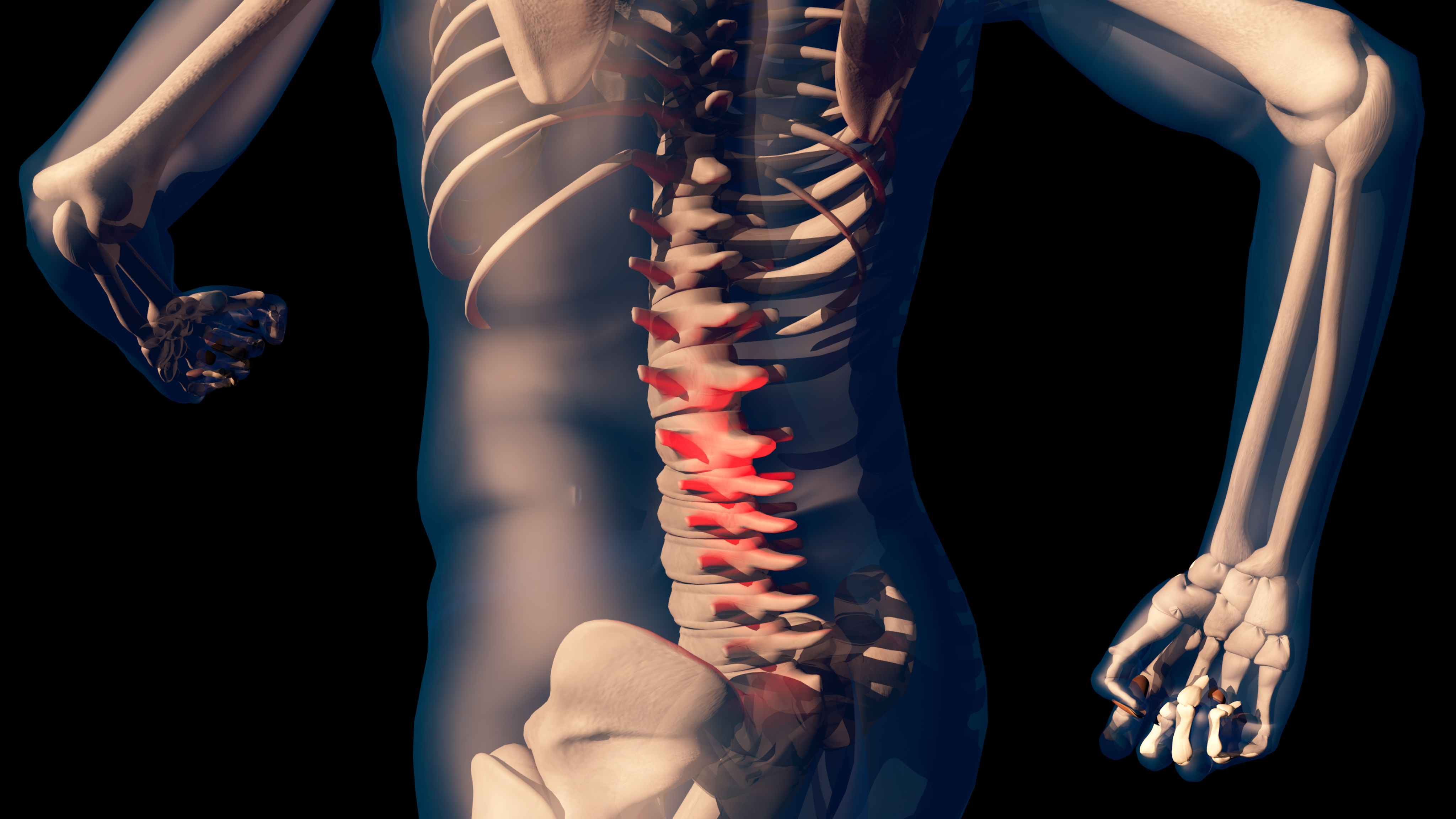What is plantar fasciitis?
Plantar fasciitis is a condition occurring around the heel bone that causes inflammation and pain. There is a thick band of fibrous tissue that connects the heel bone to the toes (plantar fascia), and when an injury occurs around this region it can become an annoyance to daily activities. Typically, it is easy to diagnose and treat.
Plantar fasciitis symptoms
Individuals who experience plantar fasciitis may describe it as stabbing pain in the bottom of their foot near the heel. This sharp, shooting pain may seem unique to people at the start of their injury, but it is very common in this condition. The pain is usually worse in the morning upon taking your first few steps of the day. Pain is also worse after long periods of standing, walking, and exercise.
Treatment for plantar fasciitis
Treatment to help relieve pain may include:
- Icing the area
- Night splints (braces worn while you sleep to stretch your calf and foot)
- Physical therapy (certain types of exercises can help stretch your tissue to help relieve pain)
- Wearing supportive shoes (thick soles and extra cushioning may improve pain that comes with standing and walking)
- Taking anti-inflammatory medications such as ibuprofen
- Massage therapy
After starting treatment, you will usually feel better within 10 months. If your pain doesn’t subside, your doctor may recommend additional treatment such as cortisone shots (a type of steroid) to help decrease inflammation. It is rare to need surgery with this condition.

What causes plantar fasciitis?
Plantar fasciitis is most common in active men and women between the ages of 40 and 70. Women tend to suffer more from this condition than men do. Pregnant women are also at risk, particularly in their third trimester. Other common risk factors include:
- Being overweight, obese, or having sudden weight gain
- Being a long-distance runner
- Having an active job that requires you to be on your feet often
- Genetics (having high arches or flat feet)
- Wearing shoes that don’t support your feet
Feeling Pain in Your Foot? We Can Help.
Diagnosing plantar fasciitis
Diagnosing this condition can be done simply through a physical examination. The doctor will look over your medical history and then feel around your foot for areas of tenderness. Where the pain is located can be a key indicator on whether you have the condition or not. In addition, the doctor may request diagnostic imaging to be done. This isn’t always recommended, but if it is, the type of imagine may be an x-ray or magnetic resonance imaging (MRI). This can help assure the patient and doctor that it is plantar fasciitis, and no other issues occurring such as a stress fracture or break. X-rays may show pieces of bones sticking out (bone spurs) from the heel bone. Doctors used to blame these bone spurs for heel pain and recommended surgery to remove them. This is no longer the case because most patients don’t experience pain with bone spurs.
Can chiropractors help plantar fasciitis?
Chiropractic treatment can help reduce the pain that comes with plantar fasciitis. Chiropractors can perform chiropractic adjustments to take some of the stress off the fascia. This will give the ligament a chance to heal by helping to decrease the inflammation and promote blood circulation faster. The amount of adjustments necessary to improve plantar fasciitis depends on the severity of the condition so it is a good idea to ask your chiropractor what is best for you.
Chiropractic Medicine Articles
Chiropractic Adjustment vs Spinal Decompression
When booking an appointment with your chiropractor, it can [...]
Chiropractic Care for Chronic Migraine Headaches
It’s happened again. You’ve woken up with chronic migraine and [...]
4 Things Chiropractic Care Can Heal
Chiropractic care can help whether you are struggling with a [...]
The Purpose of Acute and Chronic Pain
All pain can feel the same when it is being [...]




